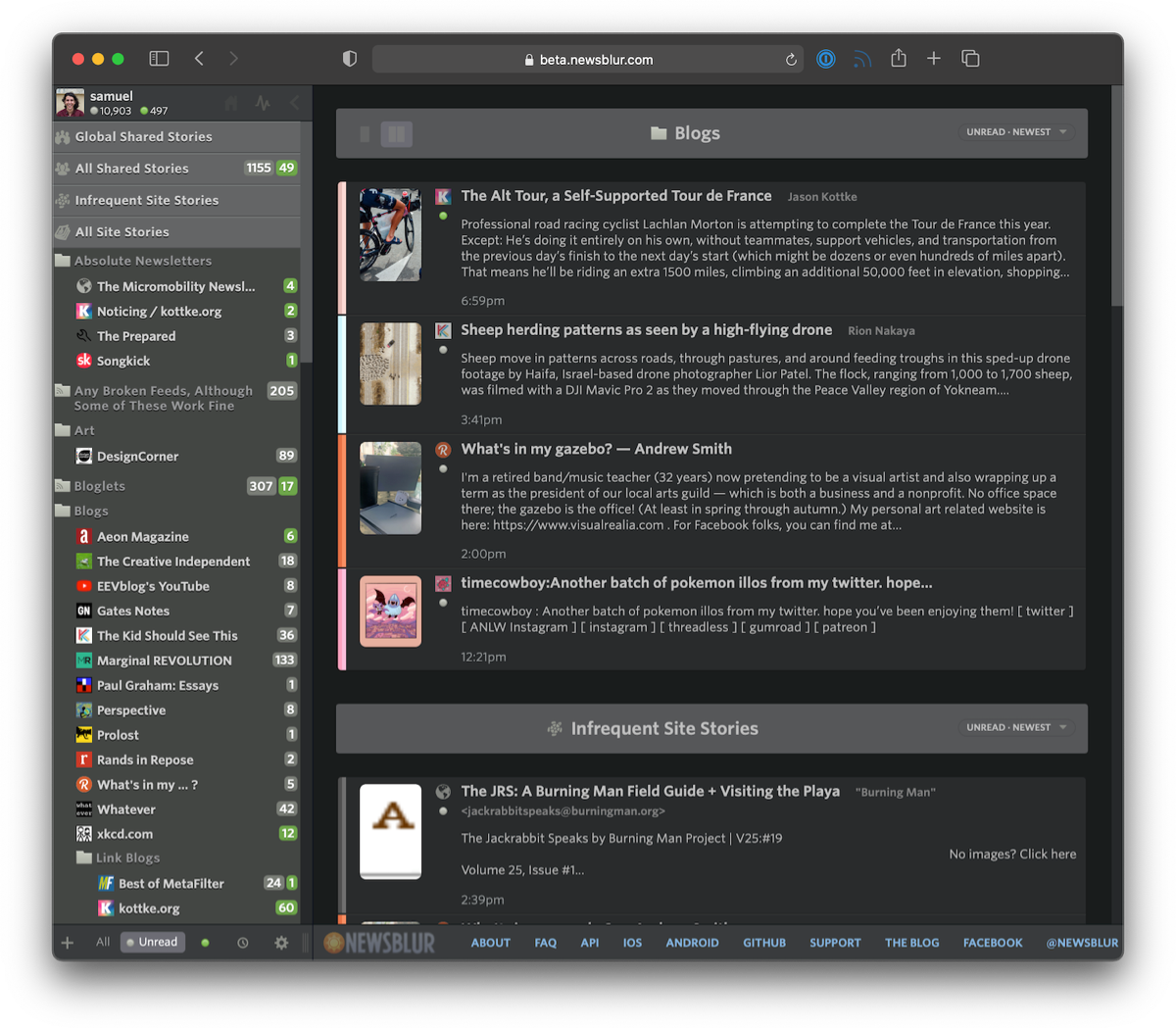The 25-second serve clock has quickly become a regular feature on the ATP and WTA tours. After a few trials, it made a debut in the run-up to last year’s US Open, and has become broadly accepted since. The US Open and Australian Open both used the countdown timer, and the WTA will employ the devices at 2019 Premier events, with an eye toward the full slate of tournaments in 2020.
As I understand it, the goal of the serve clock is twofold: First, to keep matches shorter by holding players to a standard time limit between points; and second, to enforce that time limit fairly. Tennis and broadcasting execs are always looking for ways to make matches shorter (or, at least, more predictable in length), so the first goal fits in with broader aims. The second is more specific. Many of the players best known for using a long time between points are big stars, and umpires were thought to be reluctant to penalize them. In theory, a standardized serve clock should make enforcement more transparent and ensure fairness.
The success of the second goal is difficult to assess. In one regard, it seems to be working, because we haven’t heard many players complaining about the system. Progress toward the first goal is much easier to judge, and I’ve done so three times: Once after the 2018 Rogers Cup, once after the joint event in Cincinnati, and a third time following the US Open. Each time, the conclusion was clear: The serve clock did not speed up play, and in many cases, it coincided with slower matches.
Count down under
The simplest way to measure the speed of a tennis match is to use the official match time and number of points played, then calculate the number of seconds per point. It’s a crude technique, since the official match time includes time spent playing, pauses between points, changeovers, heat breaks, medical time outs, challenges, and short rain delays. It’s imperfect. But the time spent on changeovers and the like is usually fairly consistent, making comparisons possible.
Here is the average seconds per point for men and women at the 2018 and 2019 Australian Open, reflecting the pace of play both before and after the introduction of the serve clock:
Year Men Sec/Pt Women Sec/Pt
2018 40.2 40.4
2019 41.0 40.3
This doesn’t exactly constitute a ringing endorsement of the serve clock. On average, matches were a bit slower in 2019 than in 2018. On the other hand, it’s a better result than the 2018 US Open, which was about 2.5 seconds slower than the 2017 pre-serve clock edition.
More precision, still rather slow
As I said, this is a crude way of measuring match speed. For most tournaments, it’s the best we can do without access to proprietary data that the ATP and WTA (presumably) possess. But at the majors, more detailed information is available. At the US Open, and at the Australian Open until 2017, that was the IBM “Slamtracker” data. The Australian Open no longer works with IBM, but it displays similar point-by-point data on its website.
Armed with better data, we can offer more precise estimates of how often players have exceeded the 25-second limit, both before and after the introduction of the serve clock. (Before the timer, the official limit at slams was 20 seconds, but I don’t think that a single time violation was assessed before at least 25 seconds–or more–had elapsed.) After the US Open last year, I found the number of times that players exceeded 25 seconds increased dramatically, as did the frequency that they went over 30 seconds. If you’re interested, went into more methodological detail in that article.
Again, the Australian Open fares better than its American counterpart, but that doesn’t exactly mean the clock is working, just that it isn’t dramatically slowing things down. Here are some figures from the 2017 and 2019 Australian Opens (I didn’t collect the relevant data last year), showing how often players violated the time limit both before and after the introduction of the timer:
Time Between 2017 2019 Change (%)
under 20s 77.6% 75.9% -2.2%
under 25s 91.6% 91.8% 0.2%
over 25s 8.4% 8.2% -1.7%
over 30s 2.8% 2.1% -25.2%
The last row of this table is the first point I’ve seen that indicates the serve clock is working. Players are exceeding 30 seconds between points far less often than they did two years ago. On the other hand, there’s almost no difference in how often they cross the 25-second mark. And another negative: The “improved” figure of 2.1% of points over 30 seconds is considerably worse than the same rate in New York last year, which was a mere 0.8%. The clock has eliminated some of the most egregious offenses in Melbourne, but a lot more remain.
Carpenters, not tools
The main problem continues to be the way the serve clock is used. The countdown begins when the score is called, and umpires generally wait until crowd noise has subsided before making their announcement. Thus, after exciting shots or long rallies–the very points after which players have historically taken a long time to serve–the time limit is effectively extended. There’s simply no reason for this. Start the timer when the point is over, and if the crowd is still going wild 20 or 25 seconds later, make the appropriate adjustments. But many servers are already playing “to” the serve clock, using all the time they are allotted. The longer the umpire waits to start the clock, the longer all of us must wait until play resumes.
My primary complaint with delayed clock-starting, though, is a different one. Yes, I’d like matches to move along faster. But as with just about every line in the rulebook, the time limit ends up being extended for stars more than it is for journeymen. On a stadium court like Rod Laver Arena, a modest ovation follows nearly every point played, especially those won by a big name like Federer, Nadal, or Serena. Out on Court 20, Johanna Larsson can play a bruising rally and earn nothing more than a polite golf clap. The more anonymous the player, the less recovery time. After a couple of matches, that adds up. A rule designed to increase fairness and transparency shouldn’t work against unknowns, but in this case, at majors, it appears to do just that.
Eventually, I may stop writing about the serve clock. But as long as the tours are pushing an innovation that fails to meet its stated goals, I’ll keep auditing the results. Given a few more years, maybe they’ll get it right.








